15 The Role of Tea in Chinese Restaurants: A Comprehensive Exploration
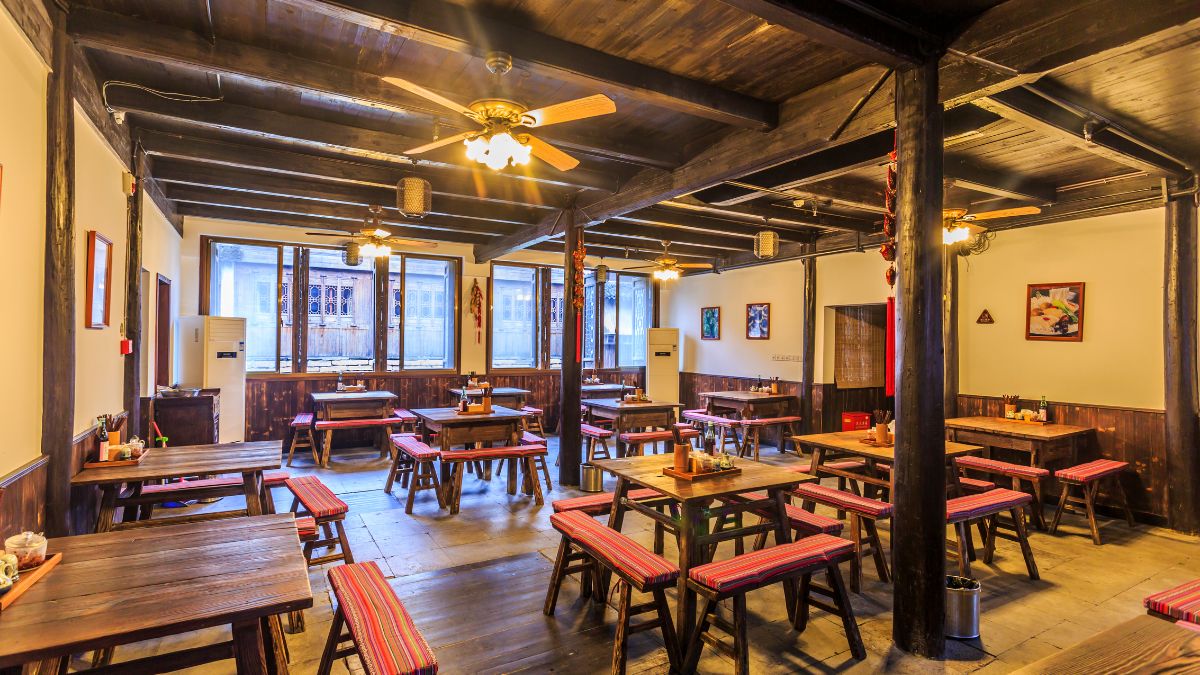
Tea holds a significant and cherished place within Chinese culinary culture, serving not just as a simple drink but also as an important link that unites various aspects of food, hospitality, and rich traditions. In Chinese restaurants, tea fulfills numerous functions, playing a vital role in elevating the dining experience, balancing flavors, and showcasing the unique identities of different regions across the country.
I. Common Tea Types in Chinese Restaurants
1. Green Tea: Freshness and Versatility
Chinses Green tea is a popular choice in Chinese restaurants, mainly because of its distinct characteristics that come from unoxidized leaves and minimal processing. This tea is not only refreshing but also invigorating, making it an excellent beverage option for various dining experiences. Among the most favored varieties of green tea, we can highlight:
- Longjing: This particular type of green tea is highly esteemed for its unique aroma, which many describe as having a delightful chestnut-like quality. It features flat leaves that possess a vibrant emerald green hue. Longjing is often served in more upscale dining establishments, particularly those found in Hangzhou, such as Jiushu. In these contexts, it pairs beautifully with exquisite dishes like the Fig and Duck Liver Sakura Cake, creating a dining experience that tantalizes the senses and enhances the flavor of the food.
- Biluochun: Known for its gentle floral aroma and taste, Biluochun is another variety of green tea that complements lighter dishes, particularly seafood options and delicate appetizers. This tea not only enhances the flavors of these dishes but also uplifts the overall dining experience by providing a refreshing palate cleanser.
- Overall, green tea is typically enjoyed either before a meal, serving to cleanse the palate and prepare the senses for the culinary adventure ahead, or after a meal, where it aids in digestion. This flexibility makes it an ideal choice in various dining situations.
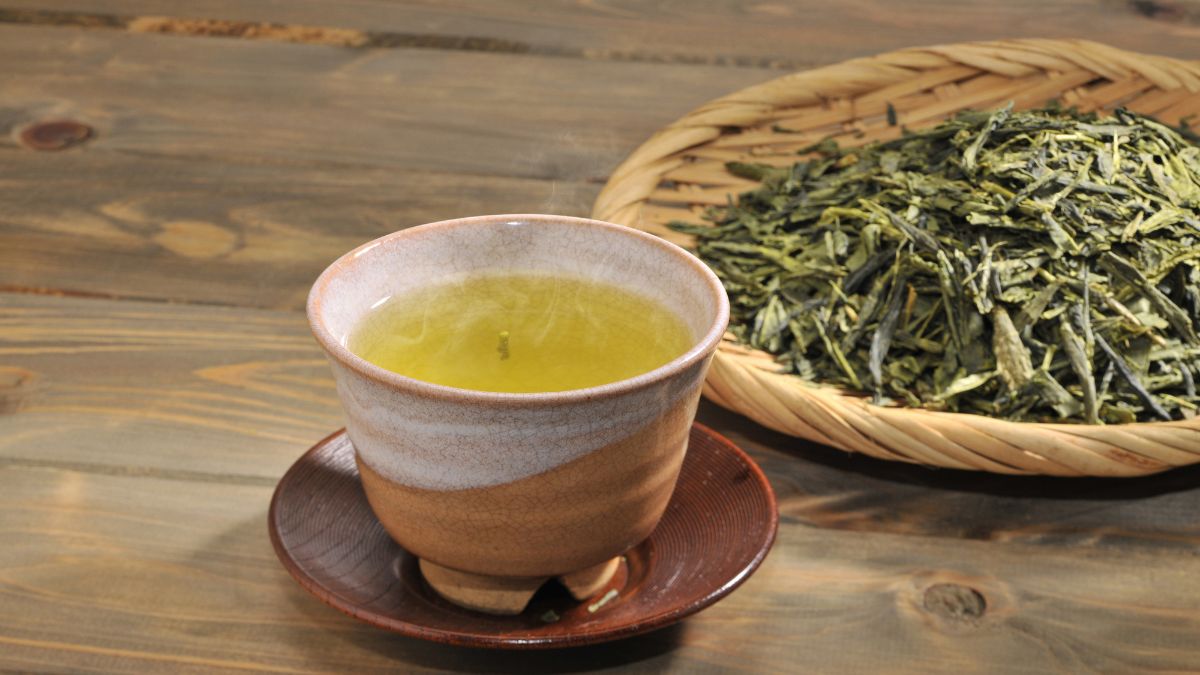
2. Black Tea: Bold and Robust
When we explore the world of chinese black teas, we discover fully oxidized options that have gained popularity in Chinese restaurants, particularly varieties such as Keemun and Lapsang Souchong. These black teas are known for their bold flavors, presenting an intriguing combination of malty and smoky notes that can deeply enrich the dining experience. They are especially well-suited for pairing with hearty dishes, such as the robust 黑醋吊烧雪花牛肉 (black vinegar-glazed snowflake beef). Here, the astringent qualities provided by the tannins in the tea serve to cut through the richness of the dish, resulting in a well-balanced and satisfying taste experience that diners often savor.
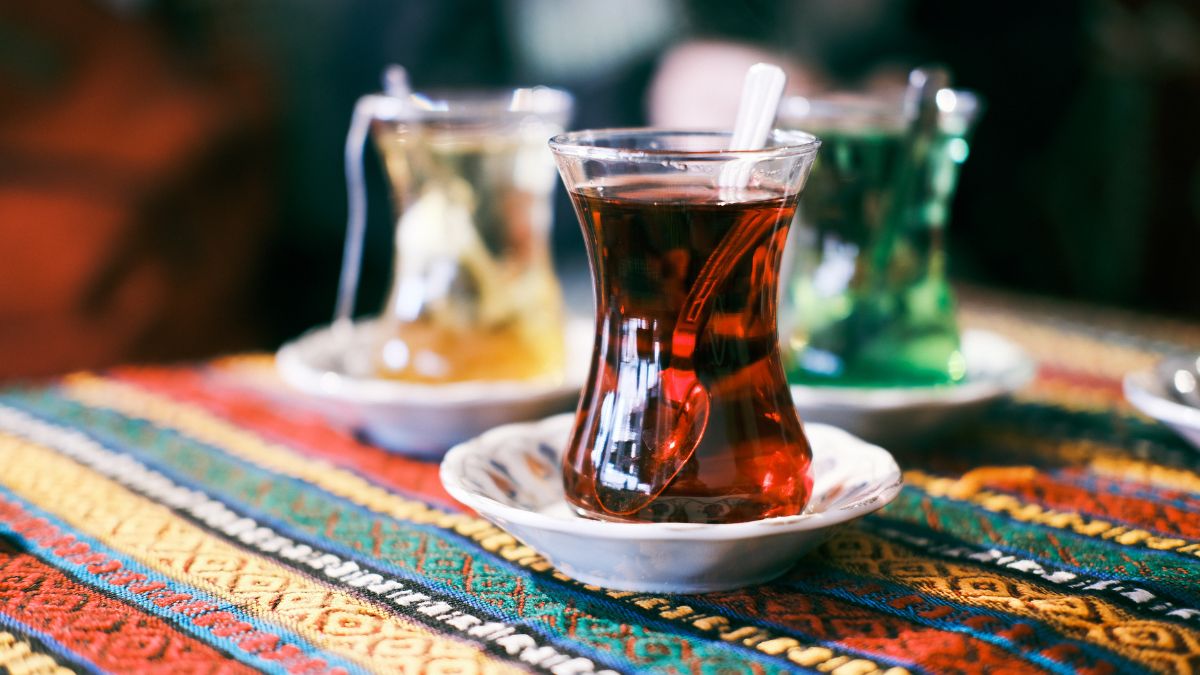
3. Oolong Tea: Balance and Complexity
Oolong tea, recognized for its semi-oxidized leaves, presents a captivating interplay of flavors, often featuring both floral and roasted notes. Varieties like Tieguanyin and Dahongpao are commonly served during multi-course meals, as they facilitate a seamless transition between different culinary offerings. For example, the esteemed 大红袍 (Da Hong Pao) from the picturesque Wuyi Mountain region is particularly adept at amplifying the flavors of umami-rich soups and beautifully braised meats. This unique capability makes oolong tea a favored choice among diners who wish to enhance their culinary experiences through the balancing qualities of this complex tea.
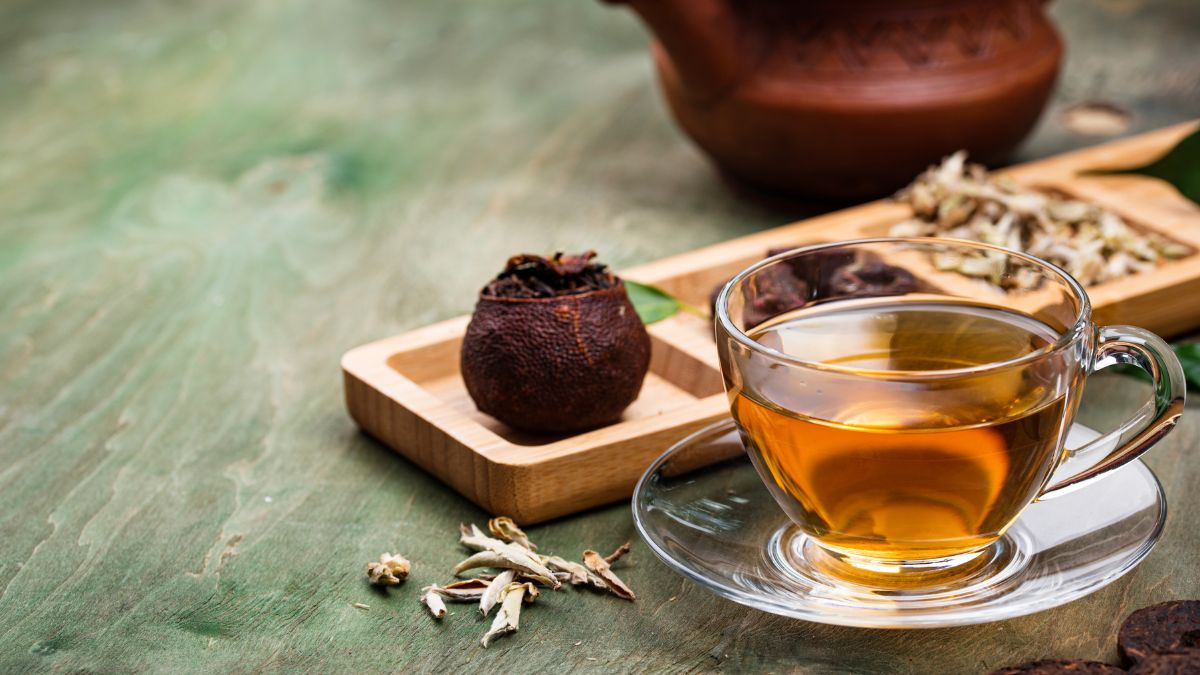
4. Pu-erh Tea: Aged Elegance
Pu-erh tea, which hails from the Yunnan province, presents a distinct and fermented tea experience that is highly valued in Chinese cuisine for its earthy and mellow flavor profile. It is frequently served after meals, where it is thought to support digestion—a particularly beneficial aspect, especially after indulging in heavier dishes like 菌王煲绍兴老鸭汤 (mushroom-braised Shaoxing duck soup). Within many restaurants, both raw (sheng) and ripe (shou) pu-erh options may be available, allowing for variations in regional preferences. The freshness of raw pu-erh is often appreciated by those seeking a lighter flavor, whereas the richer and more complex notes of ripe pu-erh appeal to those desiring a deeper tea experience.
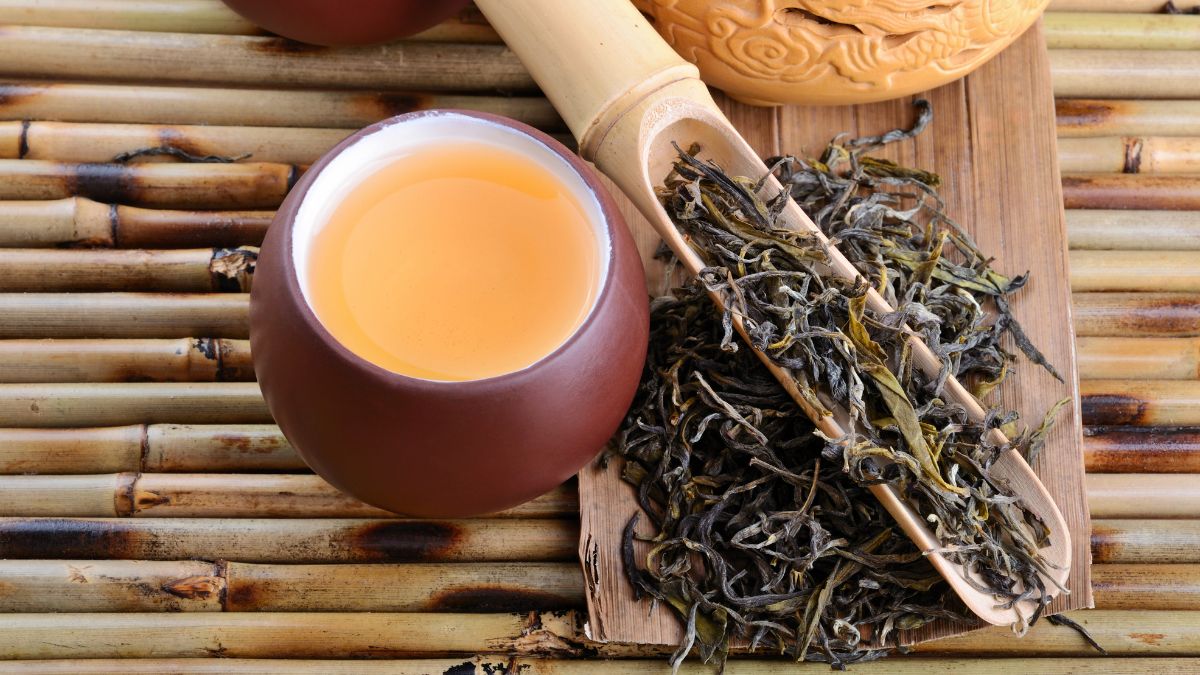
5. Floral and Herbal Infusions
- Jasmine Tea: This aromatic tea, which is infused with the exquisite scent of jasmine blossoms, serves as an ideal companion to a variety of dishes, particularly dim sum and light desserts. By enhancing the subtle flavors of these culinary delights, jasmine tea not only complements but also adds a fragrant finishing touch that elevates the overall dining experience.
- Chrysanthemum Tea: This refreshing herbal infusion is often served in Cantonese restaurants and is particularly renowned for its cooling properties. Chrysanthemum tea effectively balances the heat and richness of spicy or fried dishes, offering diners a pleasant contrast that refreshes the palate and cleanses the taste buds, making it an excellent choice to enjoy alongside flavorful cuisine.
II. Tea in Culinary Applications
1. Tea as a Cooking Ingredient
Tea’s versatility extends beyond brewing. In Chinese cuisine, it is used to:
- Marinate Proteins: 樟茶鸭子 (camphor- and tea-smoked duck) from Sichuan uses tea leaves in its smoking process, imparting a smoky aroma.
- Enhance Broths: 铁观音炖鸡 (Tieguanyin-braised chicken) infuses tea into soups for a floral undertone.
- Create Sauces: 清蒸茶鲫鱼 (steamed tea-seasoned crucian carp) stuffs fish with tea leaves to neutralize fishiness2.
2. Tea in Desserts and Pastries
- Tea-Infused Sweets: Matcha (powdered green tea) is used in 浣纱金鱼饺 (goldfish-shaped dumplings) and 开心果焦糖布丁 (pistachio caramel pudding) for a bittersweet contrast.
- Tea-Butter Cookies: Blending black tea into dough adds aromatic complexity.
3. Functional Roles
- Deodorizing: Tea polyphenols neutralize odors in seafood and red meat.
- Coloring: Pu-erh lends a rich amber hue to braised dishes, while green tea powder brightens desserts.
III. Cultural and Ritualistic Significance
1. Tea as a Symbol of Hospitality
- Pre-Meal Rituals : In many cultures, the act of serving tea to guests as soon as they take their seats is not just a simple act; it is a profound gesture of respect and hospitality. This practice is particularly prominent in high-end dining establishments, such as Hangzhou’s prestigious 集艺楼 (Jíyì Lóu), where the art of tea is taken to an elevated level. Before any meal is served, guests are treated to elaborate tea ceremonies that showcase carefully curated tea pairings. One popular choice is the delightful 龙井茉莉冷泡茶 (Longjing-jasmine cold brew), which combines the rich flavors of Longjing tea with the fragrant notes of jasmine in a refreshing cold brew. This pre-meal ritual not only enhances the dining experience but also sets a tone of warmth and hospitality.
- Ceremonial Practices : The dedication to tea extends beyond mere serving; it encompasses an intricate art form. In this regard, tea masters, such as 狮峰龙井非遗第五代传人赵晶 (Zhao Jing, the fifth-generation inheritor of Longjing), play a pivotal role in preserving and demonstrating traditional brewing techniques. When they showcase their skills at the table, it is more than just a display; it is a ceremonial practice that honors the heritage and history of tea-making. Observers are treated to a captivating performance that includes detailed explanations of the brewing process, the choice of tea leaves, and the significance behind each step, enriching the overall dining experience.
2. Regional Tea Traditions
- Fujian : In the picturesque region of Fujian, tea culture takes on a distinct character, with a strong emphasis on Oolong teas. Menus in this area often highlight the exquisite 铁观音 (Tieguanyin) tea, which is known for its complex flavors and aromas. This tea is frequently paired with seafood dishes, creating a culinary harmony that enhances both the tea and the food. The pairing not only highlights the unique characteristics of the tea but also complements the fresh flavors of the seafood, making it a delightful experience for the palate.
- Yunnan: Yunnan province has its own rich tea tradition, where the bold and earthy flavors of Pu-erh tea reign supreme. This type of tea is often enjoyed alongside dishes that feature mushrooms and a variety of wild herbs, which are abundant in the region. The combination of Pu-erh’s robust flavor profile with these natural ingredients results in a unique culinary experience that reflects the local culture and the bountiful gifts of nature found in Yunnan.
- Hangzhou : In the beautiful city of Hangzhou, Longjing tea (Dragon Well tea) holds a central place in the local cuisine. One of the notable dining experiences in Hangzhou is the 九漱 (Jiu Shou) tea-pairing banquets, where guests are treated to a selection of dishes that have been thoughtfully paired with Longjing tea. These banquets not only celebrate the exquisite flavor of the tea but also showcase the city’s commitment to integrating tea into its culinary identity, making it an essential part of the dining experience.
3. Modern Tea Etiquette
- Pouring Customs : In contemporary tea culture, there are specific customs that dictate how tea should be poured, which is both an art and a reflection of values within the society. According to these customs, tea is typically poured to a capacity of 70% (七分茶), leaving some space in the cup to prevent any spills. This practice symbolizes humility and consideration for others, as it shows the server’s mindfulness toward their guests’ comfort.
- Hierarchical Serving: Additionally, there exists a hierarchy in serving tea, rooted deeply in Confucian principles. Traditionally, elders and esteemed guests are served first, acknowledging their status and expressing respect towards them. This practice reinforces social bonds and highlights the importance of honoring those who hold a significant place within the community or gathering. Understanding these etiquette practices not only enriches one’s appreciation for tea culture but also fosters a deeper connection with the values that underpin these traditions.
IV. Innovations in Tea Pairing
1. Fine Dining and Tea Sommeliers
In the realm of fine dining, upscale restaurants, such as the renowned 遇外滩 (Yù Wàitān) located in the bustling metropolis of Shanghai, have started to incorporate tea sommeliers into their culinary teams. These tea experts are specifically tasked with designing tea pairings that enhance the dining experience. For instance, consider the first course, which features a delightful 山楂乌梅胭脂果 (a hawthorn and plum appetizer). This dish is artfully paired with a fragrant floral oolong tea, expertly chosen to balance the dish’s natural acidity and create a harmonious flavor profile. Moving to a more complex dish, the fourth course serves 黑松露焖粉藕 (truffle-braised lotus root), which is paired with an aged pu-erh tea. The aged pu-erh, known for its rich, earthy notes, complements the truffle’s deep flavors beautifully, providing guests with a truly memorable culinary experience.
2. Tea Cocktails and Fusion Mixology
The world of beverages has also embraced tea in innovative ways, particularly through the creation of tea cocktails and fusion mixology. One popular concoction is the Matcha Martini, where traditional green tea is artfully blended with vodka and fresh citrus flavors, creating a refreshing and vibrant drink that appeals to both tea lovers and cocktail enthusiasts alike. Another notable example is the Oolong-Infused Negroni, where the bitter notes of oolong tea seamlessly harmonize with the classic ingredients of Campari, gin, and sweet vermouth. These tea cocktails not only broaden the spectrum of flavors available in the beverage realm but also introduce tea as a sophisticated ingredient that can elevate any drink.
3. Sustainability and Health Trends
As we become more conscious of our environmental impact and wellness, the culinary industry is responding with exciting innovations in tea usage that emphasize sustainability and health. One notable trend is the development of zero-waste tea menus, where restaurants repurpose spent tea leaves into delicious broths or delightful desserts, minimizing waste and showcasing creativity in their dish presentations. Additionally, there is a rising interest in functional blends that cater to health-conscious consumers; for instance, a turmeric-ginger pu-erh tea may be crafted specifically for promoting digestion, while blends like chrysanthemum-goji berry infusions are designed to boost immunity. These trends reflect a growing understanding of the benefits of tea and its place in a sustainable and healthy lifestyle.
V. Challenges and Future Directions
1. Balancing Tradition and Modernity
As tea continues to hold a central place in Chinese dining culture, there is an ongoing conversation about how to balance traditional practices with modern techniques and scientific approaches. Younger chefs, such as the innovative 俞元宵 (Yu Yuanxiao), are leading the charge in this area by advocating for a philosophy known as “破而后立” (“breaking before building”). This approach encourages the reimagining of traditional tea pairings through methods such as scientific analysis, where factors like tannin levels are measured to optimize flavor compatibility, rather than solely relying on customary pairing practices. This balance between honor for the past and openness to new ideas is pivotal in the evolution of tea culture.
2. Globalization of Tea Culture
The globalization of tea culture is becoming increasingly evident in various culinary settings, where restaurants are creatively merging tea with diverse cuisines. A prime example can be found in establishments like Beijing’s 兰斋 (Lán Zhāi), which has taken the innovative step of integrating tea into plant-based cuisine. Here, diners might find a unique pairing of 凤鸣狮龙 (phoenix oolong) with a refreshing mushroom ceviche, showcasing the versatility of tea in complementing non-traditional dishes. Furthermore, educational initiatives, such as workshops focused on tea terroir and brewing techniques, are being organized to engage international diners and broaden their understanding and appreciation of tea’s rich heritage and nuances.
3. Technological Integration
In the ever-evolving world of beverage service, technology is making significant inroads, particularly in the realm of tea. One of the exciting advancements is the emergence of smart tea brewers, which are precision-controlled devices that ensure a consistent extraction process, even in large-scale service settings. This technological integration not only enhances the quality of the tea served but also simplifies operations for staff, allowing them to focus on delivering a superior dining experience. In addition to smart brewers, augmented reality (AR) tea experiences are gaining traction, where AR labels provide engaging narratives about a tea’s origin, characteristics, and preparation methods, deepening customer engagement and enhancing their overall experience.
Chinese tea packaging
Tea comes in a variety of grades, which helps distinguish the quality of the beverage. Typically, high-quality teas tend to be more expensive than lower grades due to their superior characteristics and production processes. Often, these premium teas are packaged in a luxurious custom design created by iLovewrapper, which adds to their overall appeal. Additionally, they often come with special Custom Tissue Paper With LOGO to provide an extra layer of protection inside the boxes where the tea is stored. This tissue paper is not only visually appealing but also serves an important function by preventing moisture from reaching the tea, which could compromise its quality. A prime example of a top-tier tea is Farmerteas Chinese tea, which is recognized as the finest in its category. It excels in all aspects, making it the preferred choice for many individuals looking to purchase authentic Chinese tea.

Conclusion
From humble teahouses to Michelin-starred establishments, tea in Chinese restaurants is a dynamic interplay of tradition, innovation, and sensory artistry. Whether through a steaming cup of Longjing or a tea-smoked delicacy, it continues to redefine dining as a holistic experience—nourishing both body and soul. As chefs and tea masters push boundaries, the future promises even deeper synergies between tea and gastronomy, ensuring its enduring legacy in global culinary culture.
Media Attributions
- The Role of Tea in Chinese Restaurants
- Green Tea
- Black Tea
- Oolong Tea
- puer tea
- 8